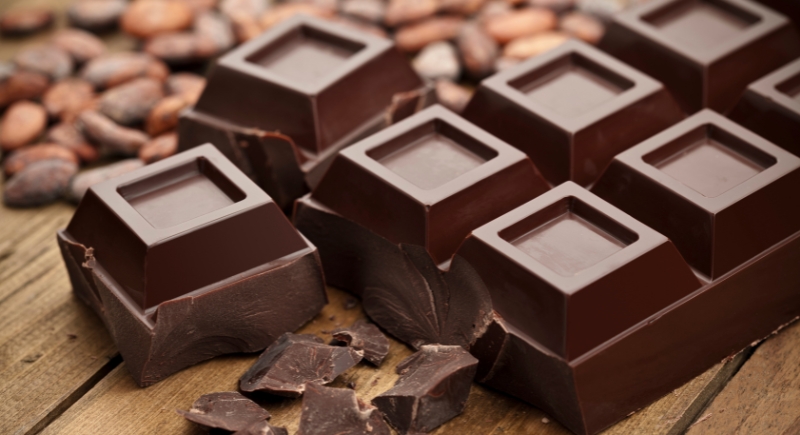Marie Antoinette’s Doctor Reportedly Prescribed Her Chocolate
Marie Antoinette’s routine at Versailles included many expected comforts, and chocolate was one of them. She preferred it prepared in the style she knew from Austria, and it became part of her daily habits at court. The familiarity later played a role in her medical care. What followed became a recognizable part of France’s chocolate story.
Chocolate Finds Its Way To The French Court

Image via Getty Images/fcafotodigital
Europe’s interest in cacao had been developing for centuries by the time Marie Antoinette arrived from Austria in 1770. Cacao moved through Mesoamerican, Spanish, and European cultures before reaching France, where nobles adapted the drink with sugar and spices.
Chocolate gained traction in the court after Louis XIII married Anne of Austria in 1615, which helped it reach the court of Versailles. Courtiers adjusted recipes to suit local tastes, and by the early 1700s, chocolate had become an integral part of life among the elite.
Louis XV sometimes prepared it himself. When Marie Antoinette entered the court, she brought her own chocolatier and clear directions on how she liked it made. She paid attention to ingredients and presentation, and chocolate became part of her daily diet.
The Queen’s Taste Meets A Doctor’s Problem
Headache remedies at Versailles often tasted harsh. Marie Antoinette disliked bitter medicines, which created a challenge for Sulpice Debauve, the pharmacist serving Louis XVI. He knew she enjoyed hot chocolate in the Viennese style with its smooth texture.
Using that detail, he mixed her treatment with ground cocoa and almond milk and shaped the blend into small discs that resembled coins. Marie Antoinette approved and named them pistoles.
The discs solved the immediate problem and also demonstrated how chocolate could be transformed beyond its usual liquid form. People at court took an interest in the idea.
After the revolution, Debauve continued refining his chocolate work. He opened a Paris shop in 1800 and later partnered with his nephew, Jean-Baptiste Auguste Gallais. Their products still reflect the flavors connected to the queen’s original pistoles, including almond milk, verbena, vanilla, and orange blossom.
The Lasting Appeal Of A Medicinal Chocolate
Marie Antoinette’s pistoles became part of French chocolate history. Debauve et Gallais built their name on careful preparation and straightforward ingredients. They supplied chocolate under several governments, including during Napoleon’s leadership.
The chocolates kept their coin shape, and their packaging drew inspiration from portraits of the queen. Today, the shops maintain historic interiors and offer chocolates linked to the same formulas developed for her treatment.
A queen, a headache, and a pharmacist’s idea contributed to one of Paris’s oldest chocolate institutions.